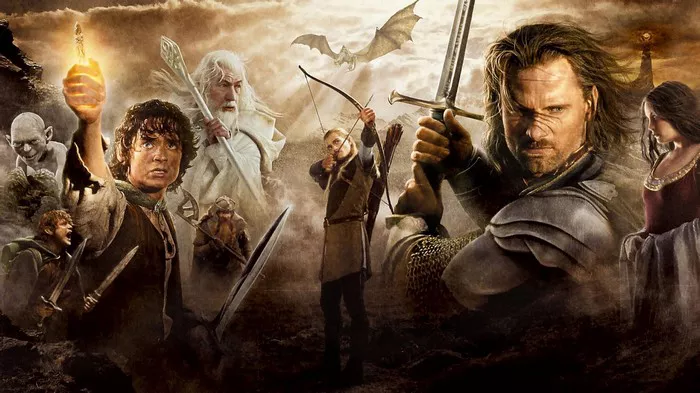The Lord of the Rings, a timeless masterpiece crafted by J.R.R. Tolkien, has left an indelible mark on the literary landscape since its inception. The epic fantasy trilogy has not only captivated the hearts of millions of readers but has also achieved unparalleled success in terms of sales. In this article, we delve into the fascinating realm of book sales to uncover just how many copies of The Lord of the Rings have been sold.
1. The Trilogy’s Genesis and Impact
The Lord of the Rings trilogy, consisting of “The Fellowship of the Ring,” “The Two Towers,” and “The Return of the King,” was first published between 1954 and 1955. Initially met with a mixed reception, the trilogy gradually gained momentum, ultimately evolving into a cultural phenomenon. Its impact on literature, fantasy genre, and popular culture cannot be overstated.
2. Tracking the Sales Over Time
As the years rolled by, The Lord of the Rings saw a surge in popularity, transcending generational boundaries. The sales figures of the trilogy reflect its enduring appeal. By the 1970s, the trilogy had already sold millions of copies worldwide, firmly establishing itself as a literary classic.
3. Milestones in Sales
The 21st century brought new life to The Lord of the Rings, thanks in part to the blockbuster film adaptations directed by Peter Jackson. The movies not only introduced Tolkien’s world to a new generation but also sparked renewed interest in the original books. Sales skyrocketed, with millions of copies flying off the shelves.
4. Global Reach and Translations
One key factor contributing to the astronomical sales of The Lord of the Rings is its global appeal. The trilogy has been translated into numerous languages, making it accessible to readers across the world. The seamless translation of Tolkien’s rich prose ensures that the essence of Middle-earth is preserved, captivating readers in various cultures.
5. The Influence of Merchandising
In addition to the books themselves, the merchandise associated with The Lord of the Rings has played a pivotal role in boosting sales. From collectible editions and boxed sets to movie tie-in merchandise, fans have been eager to own a piece of the Middle-earth magic. This synergy between literary and visual mediums has created a robust market for all things related to Tolkien’s creation.
6. Digital Age Impact
With the advent of the digital age, The Lord of the Rings has seamlessly transitioned into the realm of e-books. Eager readers can now access the trilogy at the touch of a button, contributing to a continued surge in sales in the digital format. The trilogy’s availability on various e-book platforms has further expanded its reach.
Conclusion: The Enduring Legacy
In conclusion, The Lord of the Rings continues to stand as a testament to the enduring power of storytelling. The trilogy’s sales, spanning several decades, exemplify its timeless appeal and cultural significance. From the printed page to the silver screen and into the digital realm, Tolkien’s masterpiece has proven its ability to enthrall and captivate successive generations. As we reflect on the sales figures, it becomes evident that The Lord of the Rings has not just sold books; it has woven itself into the fabric of literary history, leaving an indelible mark on the hearts and minds of readers worldwide.

